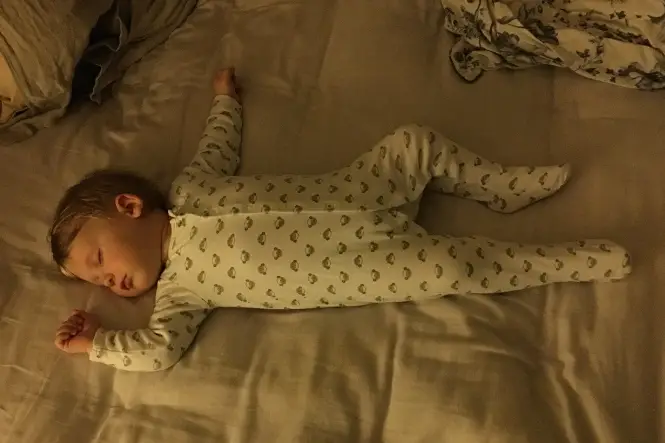Bunk beds are a convenient and space-saving choice of bed, and many children enjoy climbing a ladder to reach the top bunk. But the very nature and design of bunk beds comes complete with potential dangers, and anyone using bunk beds in their home needs to be aware of safety issues.
Space Saver
A bunk bed consists of a two-tier bed sleeping system, where a single bed (usually) resides on the bottom and another matching bed is cleverly raised above and joined together on a wooden frame. This nifty form of bed allows two people to essentially sleep in the same amount of space that one bed would normally take up. In homes where space is limited, using space vertically in this way helps considerably, and they are usually used in residential settings as a bed for children.
Buying a Bunk Bed
When you’re choosing and purchasing a bunk bed, it’s important to look out for products that are very well made (usually from wood), are solid in their construction, and that conform to safety standards. Bunk beds sold in the UK need to conform with the British Safety Standard number BS EN 747:1993 (in the past, this was BS 6998:1998).
When you’re choosing a bunk bed, try to see one that’s ready made and on display, so that you can check its rigidity and stability and see whether it has smooth or sharp edges. In the past accidents have been caused where children could become trapped or caught between elements of a bunk bed. However, according to newer regulations, bunk beds must have:
- No gaps anywhere that are less than 60mm or more than 75mm.
- The gap that allows access to the top bunk must be in the safety barrier on one of the long sides of the bed and needs to be a minimum width of 300mm.
- Guard rails need to be in place on each side on the top bunk.
- The ladder needs to have treads at least 3cm wide and 20cm apart.
- The gaps between the slats underneath the mattress needs to be no less than 7.5cm.
- The mattress needs to be at least 10cm below the top of the guard rail and needs to fit snugly and securely.
Assembling and Using a Bunk Bed
Most bunk beds need to be assembled by the buyer and, if that’s you, you’ll need to ensure that you follow the instructions completely and produce a secure and safe bunk bed at the end. Make sure that the guard rails are fixed to both sides of the bed, especially on the upper bunk bed, so a child can’t inadvertently fall out. Although in the past some ladders may have been made detachable from the bed, they should be firmly fixed in place as a permanent fixture. If they sway or move when a child is climbing up or down, then this is not good – they should be solid and stable.
Before children use the bunk bed, the importance of safety issues should be explained to them. It’s also helpful to put a few rules and regulations in place, regarding safe use of the bed, such as no leaning over the upper bunk (to prevent falls) and no playing on the ladder. Safety guidelines suggest that the upper bunk should not be used by children under the age of six years old.






